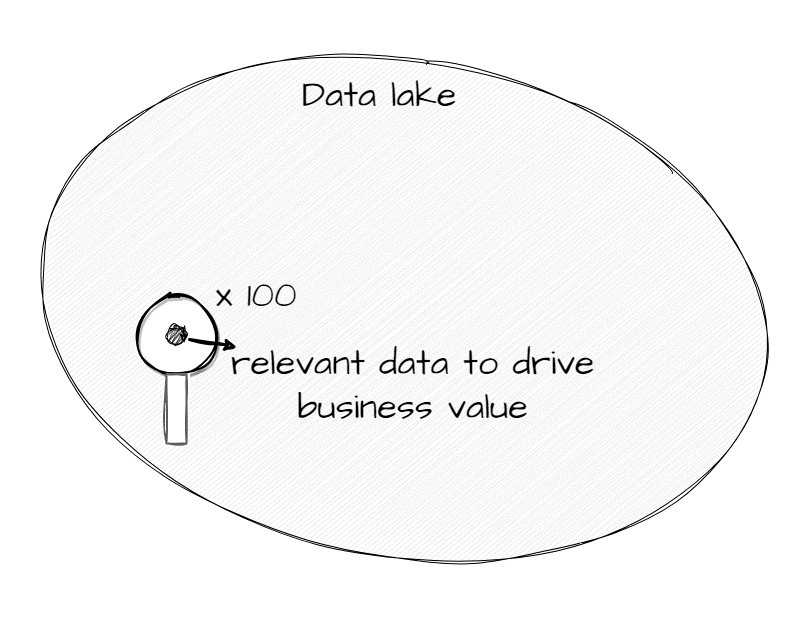Mini-Series: Let’s learn from Communication Theory
Uncover the hidden power of communication theories on information dashboard design and data analytics in this Mini-Series.
The Fear of Missing Out (FOMO) theory has gained prominence in the era of data and analytics. It describes the anxiety-inducing desire to discover new and surprising insights from data constantly. However, when this desire dominates decision-making, it shifts the focus away from solving business questions. This blog post explores the FOMO theory’s impact on data discovery and the importance of maintaining a balanced approach that prioritizes solving practical challenges over chasing irrelevant patterns.
Understanding the FOMO Theory
The FOMO theory stems from the fear of missing valuable opportunities or insights. In the context of data analytics, it refers to the tendency to relentlessly pursue unexpected and exciting patterns in data relentlessly, often neglecting the primary business objectives. This behaviour arises from the fear that essential findings might be overlooked, leading to missed opportunities or competitive disadvantage.
Detecting FOMO in Business Intelligence
Stakeholders who want to have all columns just in case they could need them later make an excellent example for FOMO in the data context. Data lakes are good examples of FOMO-data collections. The tendency to look at the data and think about what questions could be derived from them is an excellent example of a FOMO approach.
The Pitfall of Shifting Focus
While data discovery is an essential aspect of analytics, solely focusing on uncovering surprising yet irrelevant patterns can be counterproductive. This shift in focus can lead to several drawbacks, including:
Distracted Decision-Making
By prioritizing the pursuit of novel insights, decision-makers may lose sight of the primary business questions they set out to answer. This can result in hasty decisions or a lack of attention to critical issues, ultimately hindering progress and performance.
Coincidental Findings
Relying solely on coincidental or quickly explainable patterns can lead to spurious correlations and erroneous conclusions. These misleading findings may divert resources and efforts from addressing genuine business challenges, wasting valuable time and resources.
Diminished Relevance
Chasing irrelevant patterns can create a misalignment between analytics efforts and the actual needs of the business. While surprising discoveries might be fascinating, they lose their relevance and impact if they do not contribute to solving practical problems or driving tangible outcomes.
Striking a Balance
A balanced approach is essential to avoid falling into the FOMO trap and ensure data-driven decision-making remains focused on solving business questions. These strategies help to maintain a productive balance:
Define Clear Objectives
Clearly articulate the specific business questions or challenges that data analytics needs to address. Establishing well-defined objectives guides the analytics process and helps avoid drifting off course in pursuit of irrelevant patterns.
Prioritize Relevance
Maintain a laser-like focus on identifying insights and patterns that directly contribute to addressing the defined business questions. Stay vigilant against distractions and prioritize findings that have the potential to drive meaningful outcomes or inform critical decisions.
Validate Findings
Thoroughly validate and critically evaluate any discovered patterns or insights before giving them undue importance. Rely on rigorous statistical analysis and domain expertise to distinguish between coincidental correlations and genuinely valuable insights.
Foster a Collaborative Environment
Encourage collaboration and open communication between data analysts, decision-makers, and business stakeholders. This facilitates a shared understanding of the business context, aligns analytics efforts with organizational goals, and ensures a data-driven focus on solving real-world challenges.
Concluding the Main Learnings
While the excitement of data discovery is undeniable, it is vital to remain focused on solving practical business questions which drive business value. By defining clear objectives, prioritizing relevance, validating findings, and fostering collaboration, organizations avoid the distraction of hunting for unicorns and instead focus on training horses—empowering their daily work with data-driven insights that truly matter. Remember, the practical applications of data analytics bring about tangible benefits and drive sustainable business success.


